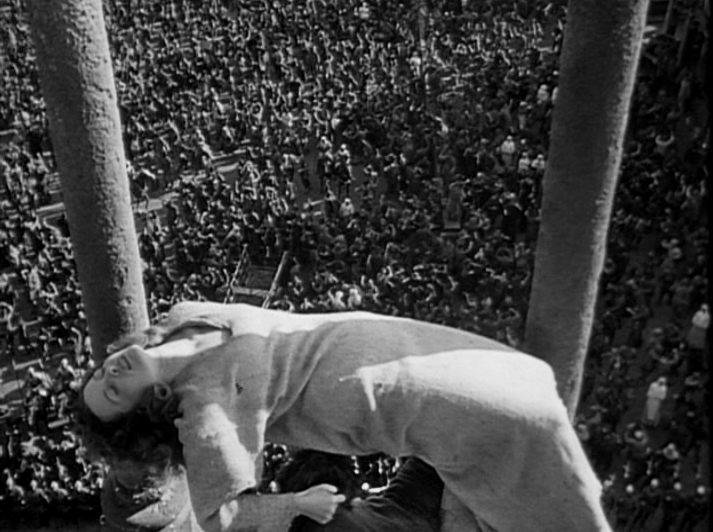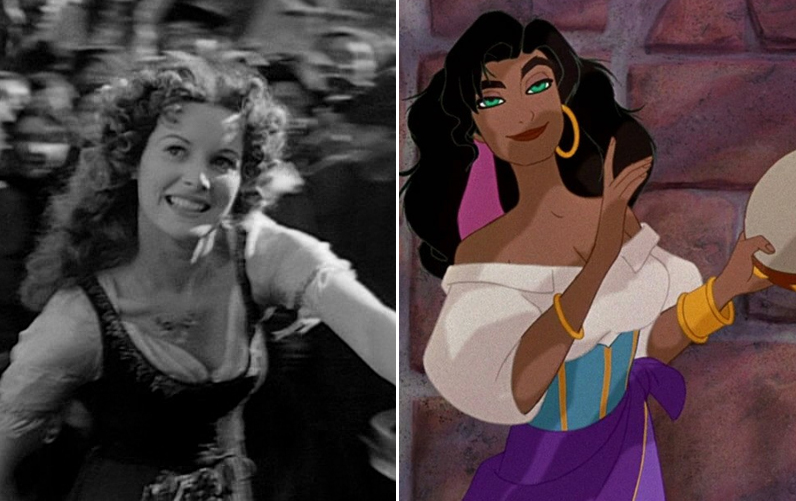Women's Pictures - Ida Lupino's The Hitch-Hiker
 Thursday, March 12, 2015 at 2:00PM
Thursday, March 12, 2015 at 2:00PM  What a difference four years make! Well, four years and three movies. The disadvantage of having only a single month to cover a director’s entire body of work is that we have to cherry pick individual films representative of overall trends. So, even though Ida Lupino spent the period between 1949 and 1953 directing three (and a half) films which would fall under the category of women’s pictures that we advocated for so strongly last week, we now have to skip forward to the next moment in her career: film noir. However, while Lupino stopped making films featuring exclusively female protagonists, she maintained her commitment to mixing truth and drama in her stylish thriller, The Hitch-Hiker.
What a difference four years make! Well, four years and three movies. The disadvantage of having only a single month to cover a director’s entire body of work is that we have to cherry pick individual films representative of overall trends. So, even though Ida Lupino spent the period between 1949 and 1953 directing three (and a half) films which would fall under the category of women’s pictures that we advocated for so strongly last week, we now have to skip forward to the next moment in her career: film noir. However, while Lupino stopped making films featuring exclusively female protagonists, she maintained her commitment to mixing truth and drama in her stylish thriller, The Hitch-Hiker.
The film opens with a title card to inform the viewer that The Hitch-Hiker is “...the true story of a man and a gun and a car.” Surprisingly, despite the Motion Picture Production Code’s prohibition of true crime stories, The Hitch-Hiker actually is based on fact: in 1951, two hunters were kidnapped by killer Billy Cook. Cook forced the two men to drive him to Baja California, where he was recognized and apprehended by Mexican police. In order to tell this tale of survival and murder, Lupino circumvented the Production Code two ways: First, by changing just enough of the facts and names to give the story plausible deniability (and added drama). Second, by hiding violence in shadow and suggestion as only film noir can.
See how well film noir survives in the desert after the jump...





